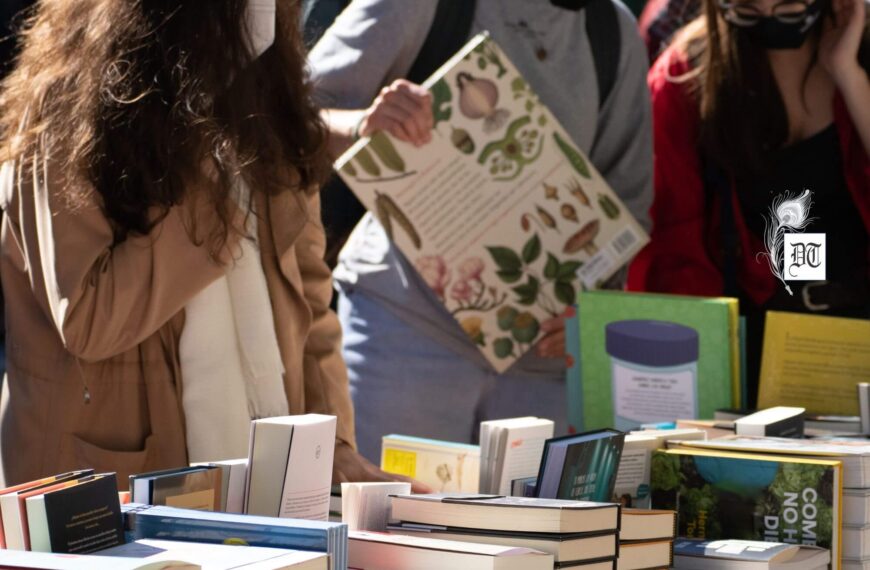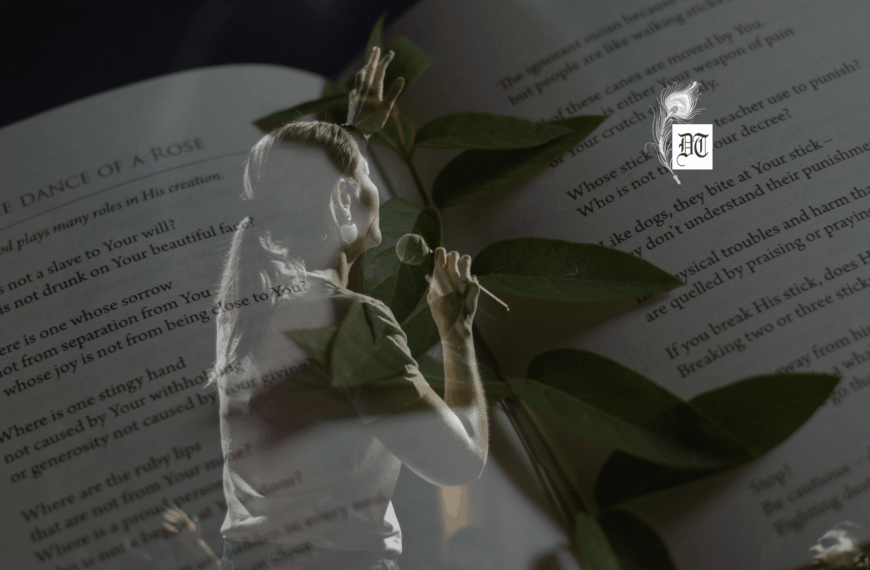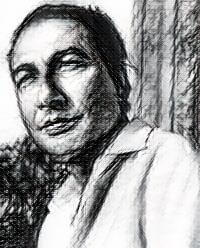Continuing with the literature on Indian Partition, Basudeb examines an important treatise, The Other Side of Silence, by Urvashi Butalia, in two parts. In the first part, he tells us that the primary source of the book is oral history and share with us the writer’s candid view on objectivity, in the weekly column, exclusively in Different Truths. The second and concluding part of the column shall be released on Sunday.
Urvashi Butalia’s The Other Side of Silence is a unique book on the history of the Indian partition. The primary source of this book is oral history. In any book on oral history, exaggeration, subjective interpretation, personal inhibition, individual likes etc., play an important role. The facts are often distorted. But at the same time, nobody can deny that a book on oral history gives the innermost feelings and realisation. A history is not the history of kings and queens only. An ordinary man’s perception of an event may also be the appropriate interpretation and explanation of historical facts. An individual’s way of looking at things and his assessment of the situation around him also help one to know the past. Butalia, of course, categorically says that she has depended not only upon her interviews with common victims of the Indian partition but also upon other documentary evidence in delineating the indescribable sufferings of the people during and after the Indian partition in 1947. She says:
While interviews form my primary sources, I have also looked at diaries, memoirs, newspaper reports and the kinds of documents that I feel are important for my work: letters written by different people, reports of enquiry commissions, pamphlets and, of course, books. I have reconstructed many different ‘voices’ of Partition: official, unofficial, informal, others. (Urvashi Butalia, p.20)
Indian official narratives in communal discourses may overlook informal and personal accounts of the facts of the partition history. But this does not necessarily invalidate the reality of the past. Perhaps the balanced amalgam of the facts emerging from personal interviews with victims of the Indian partition, and the official history based on documentary evidence that brings out the nature and cause of this historical event of partition. Butalia further comments:
The absence of the ‘I’ in such histories helps perhaps to establish distance, even to create the illusion of objectivity, perhaps to establish factuality. I have no wish to pretend that these histories, these stories, arte in any way an ‘objective’ rendering of Partition. I do not believe such a thing is possible. For the many years that this work has been with me, I have felt involved in it, intensely and emotionally, politically and academically. To pretend then, that this is a history that has ‘written itself’, so to speak, would have been dishonest….There was no way I could deny a personal involvement; no way I could pretend that there wasn’t an emotional entanglement; no way I could wipe out my politics. . . . This is a personal history that does not pretend to be objective. (Urvashi Butalia, pp.20-21)
Butalia’s book under reference is partially a treatise on Indian Partition history and partially a fictional piece of writing. Let us now return to my original contention of this chapter of this research, ‘Crisis of Identity and Partition Fictions’. One of the important reasons of the partition of India in 1947 is the crisis of Muslim identity and this crisis is due to the economic and social exploitation of the minority community, i.e., the Muslim community, by Hindus and Sikhs. The official narratives on partition include and highlight this point. Butalia’s The Other Side of Silence does corroborate this official analysis of the reasons of Indian partition. She comments:
To some extent, the seeds of the idea of Partition can be said to have lain within the economic and social differences that existed between Hindus/Sikhs and Muslims. Most Partition memories speak of pre-Partition days, when Hindus, Muslims, and Sikhs lived in a state of –often mythical—harmony. Yet, this harmony was built on concrete, material differences. At a more day-to-day level, there were other differences. Bir Bahadur Singh, to whom I spoke some years ago, described these eloquently:
. . . if a Musalman was coming along the road, and we shook hands with him, and we had, say, a box of food or something in our hand, that would then become soiled and we would not eat it; if we are holding a dog in one hand and food in the other, there’s nothing wrong with that food. But if a Musalman would come and shake hands our dadis and mothers would say, son, don’t eat this food, it has become polluted. Such were the dealings: how can it be that two people are living in the same village, and one treats the other with such respect and other doesn’t even give him the consideration due to a dog? How can this be? They would call our mothers and sisters, didi, they would refer to us as brothers, sisters, fathers, and when we needed them, they were always there to help. Yet, when they came to our houses, we treated them so badly. This is really terrible. And this is the reason Pakistan was made. (Urvashi Butalia, pp.92-93)
Socioeconomic Marginalisation of Musalmaan
Socially and economically marginalised Musalmaan during the colonial rule in India suffer the crisis of identity – the crisis, which ultimately lead them to aspire for a separate homeland in India. Suranjan Das in his doctoral thesis entitled, ‘Communal Riots in Bengal 1905-1947’, shows how exploitations of Musalmans by Hindu landlords promote communal consciousness in Bengal during the pre-partitioned  India. But Das’s observation of the economic and social exploitation of Musalmans by Hindus in Bengal is also applicable more or less to the other regions of India. The crisis of Muslim identity is an important focus of the official narratives of the Indian partition in 1947. And Butalia evinces this crisis of Muslim identity in The Other Side of Silence, the crisis that leads the Muslims in India to demand Pakistan for their homeland.
India. But Das’s observation of the economic and social exploitation of Musalmans by Hindus in Bengal is also applicable more or less to the other regions of India. The crisis of Muslim identity is an important focus of the official narratives of the Indian partition in 1947. And Butalia evinces this crisis of Muslim identity in The Other Side of Silence, the crisis that leads the Muslims in India to demand Pakistan for their homeland.
In fact, The Other Side of Silence is different from other texts on partition theme. Here no crisis of Muslim identity is shown .We do not also find any crisis of Hindu identity as we find it in Chaman Nahal’s Azadi. The crisis of identity delineated in The Other Side of Silence is that crisis of identity arising out of his nostalgic feeling for the association of friends and relatives who have left Lahore for India during the time of partition. Religion here plays no role. The author shows here how the menacing partition of India disintegrates families after families. The distance between Lahore and Delhi is of only half an hour by air. Some of the members of one family stay back in Pakistan and some leave for India. The writer’s grandmother and her uncle Ranamama stay back at Lahore and his seven brothers leave for India. A western educated lady, Butalia, Ranamama’s niece, undertaking lots of troubles to obtain visa from the government of Pakistan manages to visit her uncle, at Lahore, in 1987, after forty years of the Indian partition. The suffering arising out of the disintegration of family is the cardinal theme of the author’s experience of the visit to Lahore, introduced at the beginning of the book.
(to be continued)
©Basudeb Chakraborti
Photos from the internet.
#CommunalRiotsinBengal1905-1947 #TheOtherSideOfSilence #UrvashiButalia #PartisionOfIndia #IndianMuslim #MakingOfLiterature #DifferentTruths





 By
By
 By
By
